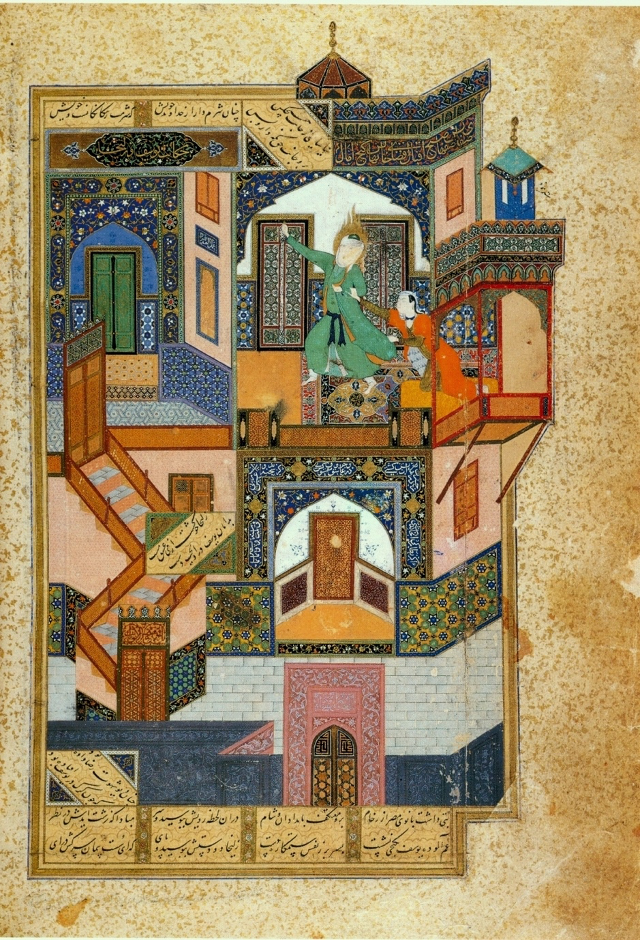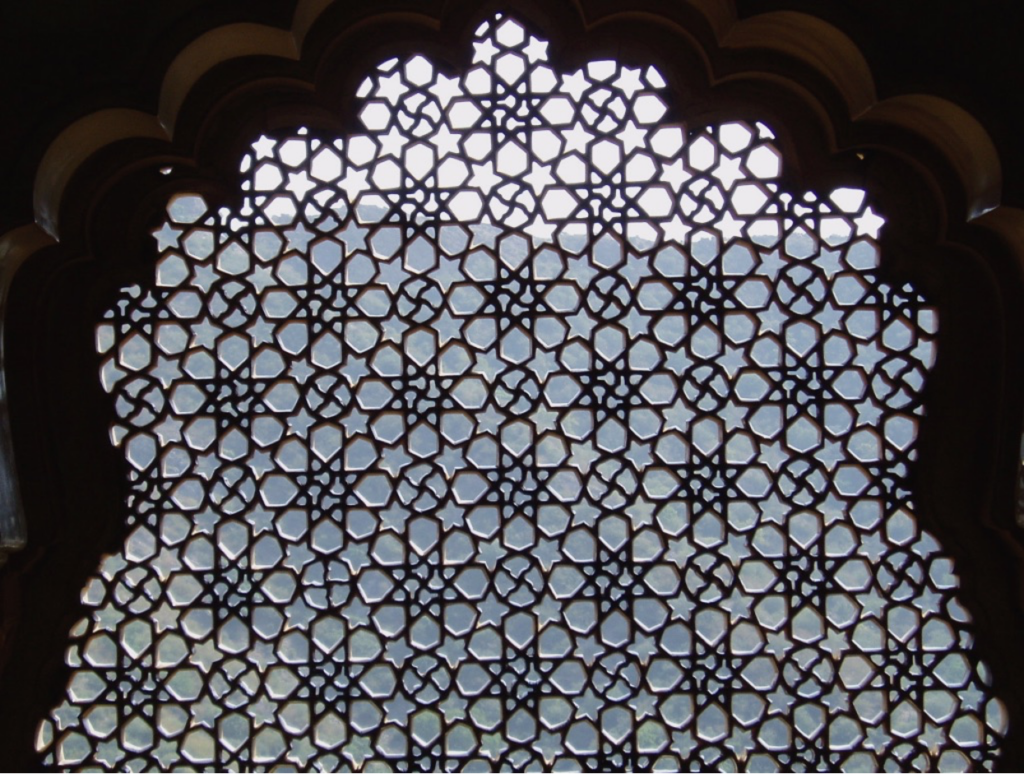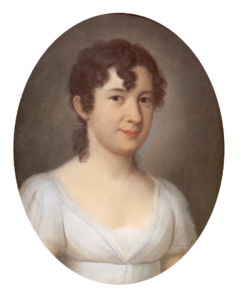West wind
(Poet's title: Westwind)
Set by Schubert:
D 717
[March 1821]
Part of Goethe: West-Östlicher Divan
Ach, um deine feuchten Schwingen,
West, wie sehr ich dich beneide,
Denn du kannst ihm Kunde bringen,
Was ich in der Trennung leide.
Die Bewegung deiner Flügel
Weckt im Busen stilles Sehnen,
Blumen, Auen, Wald und Hügel
Stehn bei deinem Hauch in Tränen.
Doch dein mildes sanftes Wehen
Kühlt die wunden Augenlider,
Ach für Leid müsst ich vergehen,
Hofft ich nicht zu sehn ihn wieder.
Eile denn zu meinem Lieben,
Spreche sanft zu seinem Herzen,
Doch vermeid ihn zu betrüben
Und verbirg ihm meine Schmerzen.
Sag ihm, aber sag’s bescheiden,
Seine Liebe sei mein Leben,
Freudiges Gefühl von beiden
Wird mir seine Nähe geben.
Oh, those wings of yours that are heavy with moisture
Are what I very much envy you, West wind:
Since you can carry him news about
What I am suffering because of this separation!
The movement of your wings
Awakens a quiet longing in my breast;
Flowers, meadows, woods and hills
Burst into tears when you breathe.
However, your gentle, smooth stirring
Cools wounded eyelids;
Oh, I would have to die of pain
If I could not hope to see him again.
Hurry then to my beloved,
Speak softly to his heart;
Yet be careful not to distress him
And hide my torments from him.
Tell him, but tell him diplomatically,
That his love is my life,
That a joyful awareness of both
Is what his proximity will give me.
All translations into English that appear on this website, unless otherwise stated, are by Malcolm Wren. You are free to use them on condition that you acknowledge Malcolm Wren as the translator and schubertsong.uk as the source. Unless otherwise stated, the comments and essays that appear after the texts and translations are by Malcolm Wren and are © Copyright.
☙
Themes and images in this text:
Breath and breathing Chest / breast East and West Eyes Fields and meadows Flowers Flying, soaring and gliding Hearts Here and there Hills and mountains Hope Longing and yearning Noise and silence Near and far Pain Rain Soothing and healing Tears and crying Wind Wings Woods – large woods and forests (Wald) Wounds
Goethe had only recently discovered the poetry of Hafez of Shiraz (1315 – 1390) when he met Marianne von Willemer (1784 – 1860) in 1814. The combination of new cultural, artistic, social, emotional and erotic interests, coming as it did at a turning point in the wider world (as the Napoleonic Wars were drawing to a close), allowed the 65 year old poet to embark on a further adventure in his already extraordinary career.
Marianne Jung was not formally married to Goethe’s old acquaintance Johann Jacob Willemer (1760 – 1838) when Goethe first met her at Wiesbaden in August 1814, but she had already given up her stage career (as an actress and dancer) to be Willemer’s companion. It appears that their relationship reminded Goethe of his own domestic life with Christiane Vulpius, with whom he had lived for nearly 18 years before their wedding in 1806, and that he encouraged them to formalise their union. Any fears Willemer might have had about the respectability of marrying an illegitimate actress were confounded when he was ennobled in 1816, meaning that henceforth his new wife would be known as Marianne von Willemer.
For Goethe, though, she was known primarily as ‘Suleika’ and she became a central figure in his new collection of Persian-inspired poems, the West-östlicher Divan. Two of the sections of the collection are called ‘Book of Suleika’ and they include dialogues between Suleika and Goethe’s alter-ego, Hatem. Many years later, after Goethe’s death, Marianne revealed that she had actually written a number of the poems published as Goethe’s own, including the poems about the East Wind and the West Wind (the ones Schubert chose to set to music). The name ‘Suleika’ (alternatively ‘Zuleika’ or ‘Süleyha’) derives from Arabic and Persian traditions about the woman referred to in the book of Genesis (and Sura 12 of the Koran) as the ‘wife of Potiphar’, who felt adulterous longings for Joseph (Jusuf / Yusuf). The fact that Suleika freely admitted to having such feelings even though she had not actually committed adultery suggests that Marianne’s relationship to Goethe was similar.

https://commons.wikimedia.org/wiki/File:Yusef_Zuleykha.jpg
Goethe spent much of the summer of 1815 in the company of the Willemers, but he never saw Marianne again after they all left Heidelberg in September of that year. He returned to Weimar (‘the East’) and she remained in and around Frankfurt (‘the West’) as they continued their collaboration on what was to become the ‘West-eastern collection’. In their correspondence they continued to develop their Persian personae as Hatem and Suleika as part of an elaborate fantasy that seems to have been part playful and escapist but mostly earnest and liberating.
Marianne’s text addressed to the West wind (Ach, um deine feuchte Schwingen) is both a simple love lyric, appealing to the wind to carry a message to the beloved further east, and a more complex play on Goethe’s concern to connect with a distant culture. Basic human desires are used to establish a bond between west and east; messages can be carried across space and time, making it possible for a fully up-to-date German poem to look like a text from medieval Persia. Using the oriental facade of poetry inspired by the Sufi tradition allowed a 19th century woman to express the sort of longings that well-brought up European ladies were supposed not to experience. Readers could, though, imagine such sentiments being uttered by women in purdah as they addressed the breezes they felt blowing through the lattice-work screens that cut them off from the outside world.

[Photo: Malcolm Wren]

Marianne von Willemer managed to make another connection, too. She was clearly aware that Goethe was as much a scientist as a poet, and so the West wind she is addressing works on both a meteorological and a metaphorical level through the imagery of ‘moisture’. The prevailing westerlies of Germany carry water vapour eastwards, bringing rain to forests, fields and flowers. On the poetic level this becomes a visitor’s breath precipitating tears; wounded, dry eyelids are soothed and moistened as a result. The westerly wind does not have to carry storm clouds, though; it can take the form of gentle, cooling breezes, and it is in this mood that the lover asks for her message to be conveyed.
☙
Original Spelling and notes on the text Suleika II Ach, um deine feuchten Schwingen, West, wie sehr ich dich beneide: Denn du kannst ihm Kunde bringen Was ich in der Trennung leide! Die Bewegung deiner Flügel Weckt im Busen stilles Sehnen; Blumen, Auen , Wald und Hügel Stehn bei deinem Hauch in Thränen. Doch dein mildes sanftes Wehen Kühlt die wunden Augenlieder; Ach, für Leid müßt' ich vergehen, Hofft' ich nicht zu sehn ihn wieder. Eile denn zu meinem Lieben, Spreche sanft zu seinem Herzen; Doch vermeid' ihn zu betrüben Und verbirg ihm meine Schmerzen. Sag ihm, aber sag's bescheiden: Seine Liebe sey mein Leben, Freudiges Gefühl von beiden Wird mir seine Nähe geben. 1 Schubert changed the original Augen (eyes) to Auen (meadows) Marianne von Willemer's original text (before Goethe changed it for publication) was as follows (with differences noted in italics): Westwind Ach, um deine feuchten Schwingen, West, wie sehr ich dich beneide: Denn du kannst ihm Kunde bringen Was ich durch die Trennung leide! Die Bewegung deiner Flügel Weckt im Busen stilles Sehnen; Blumen, Augen, Wald und Hügel Stehn bei deinem Hauch in Thränen. Doch dein mildes sanftes Wehen Kühlt die wunden Augenlieder; Ach, für Leid müßt' ich vergehen, Hofft' ich nicht wir sehn uns wieder. Geh denn hin zu meinem Lieben, Spreche sanft zu seinem Herzen; Doch vermeid' ihn zu betrüben Und verschweig ihm meine Schmerzen. Sag ihm nur, doch sag's bescheiden: Seine Liebe sey mein Leben, Freudiges Gefühl von beiden Wird mir seine Nähe geben.
Confirmed by Peter Rastl with Schubert’s source, Goethe’s Werke. Ein und zwanzigster Band. Original-Ausgabe. Wien, 1820. In Carl Armbruster’sBuchhandlung. Stuttgart. In der J. G. Cotta’schen Buchhandlung. Gedruckt bey Anton Strauß. pages 157-158; with Goethe’s Werke. Vollständige Ausgabe letzter Hand. Fünfter Band. Unter des durchlauchtigsten deutschen Bundes schützenden Privilegien. Stuttgart und Tübingen, in der J. G. Cotta’schen Buchhandlung. 1827, pages 185-186; and with West-oestlicher Divan. von Goethe. Stuttgard, in der Cottaischen Buchhandlung 1819, pages 166-167.
To see an early edition of the text, go to page 157 [167 von 500] here: http://digital.onb.ac.at/OnbViewer/viewer.faces?doc=ABO_%2BZ22342380X


